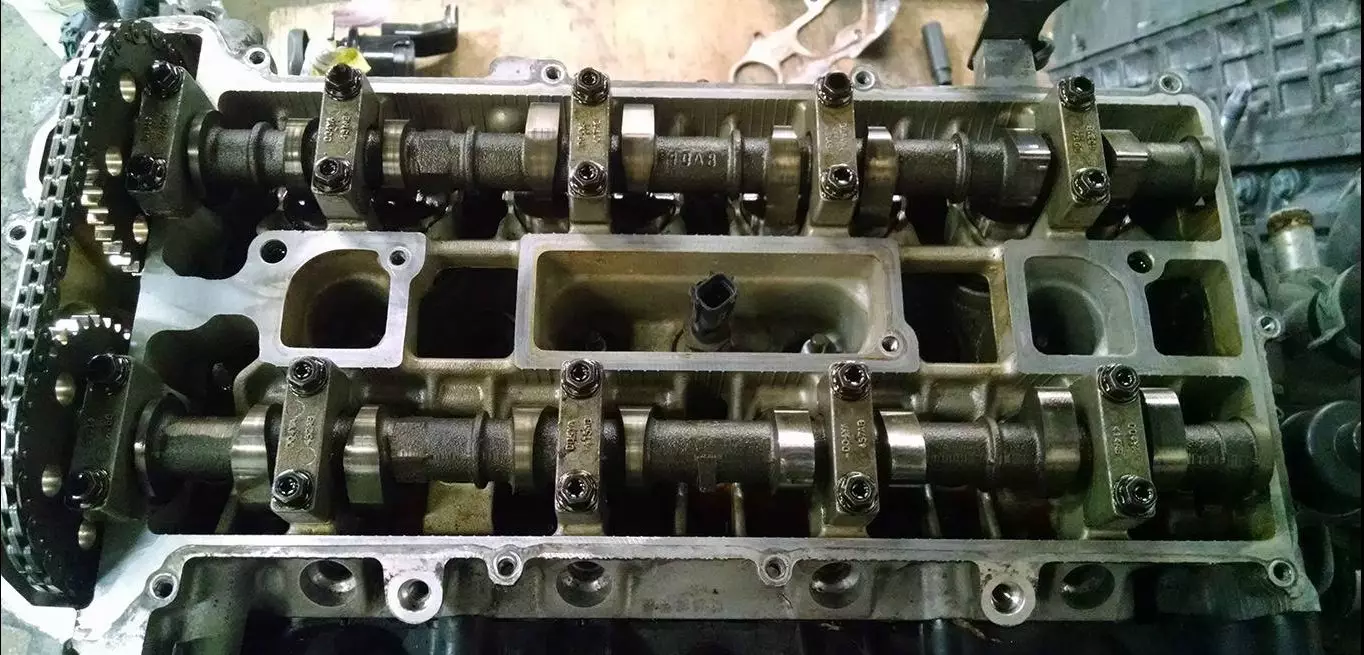The concept is not new and I'm sure many of you have already asked this question — probably while stuck in a rush hour traffic line... What if, instead of being measured in kilometers travelled, the useful life of the engine was measured in hours?
The question is not unreasonable at all. Even at a very low rev range, a combustion engine always suffers some wear when it is running at idle speed or even idling.
So much so that in the case of tractors, vehicles that (generally) do not travel long distances but work for many hours, the useful life of the engine is measured using a hourmeter , a meter of hours worked and not kilometers covered. At the opposite end are the planes. Because they always travel at a constant speed, the engine's wear metric is also the running hours.

in cars
Somewhere in between are automobiles. If on the one hand we can make long journeys at constant speeds, it could be the case that the car has been working for hours and has covered only a dozen kilometers, as in stop-and-go situations.
As such, there is no perfect way to measure engine usage in automobiles. Consequently, the distance covered was adopted as the engine wear metric.

It is still a method with limitations, because there are many variables. An engine that has covered 100,000 km mostly on the highway or open road will show levels of wear — and even “health” — than another engine that has covered the same distance mostly on short urban routes.
Regardless of the time or kilometers driven, one thing is certain: correct engine maintenance helps to increase your car's “life expectancy”. And in this sense, there are some behaviors to avoid in order to prolong the life of your engine.
